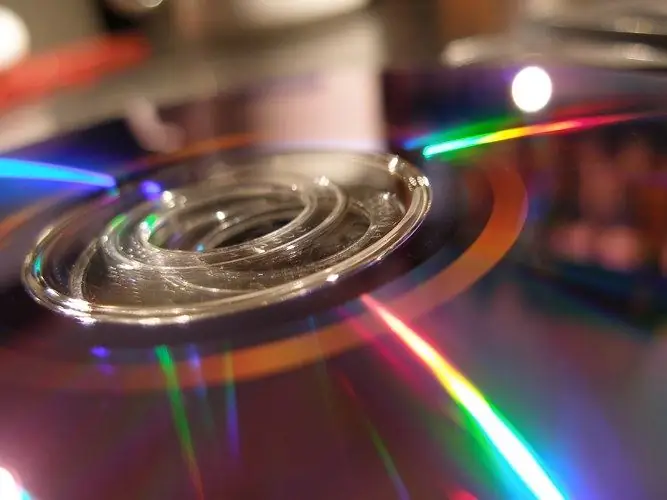There are several file formats for storing optical disc images, the most common of which are the international ISO standard and the formats of Nero (nrg extension) and Alcohol Soft (mdf and mds extensions). To fully work with files created in these formats, specialized programs are required, each of which, as a rule, can work with several types of image files at once.

Instructions
Step 1
Select one of the programs designed to create and work with disk images. The mdf format is supported, for example, by Alcohol 120% (https://alcohol-soft.com/) or Daemon Tools (https://daemon-tools.cc/rus/home) applications. Both of these programs are not free, but have a "trial period" during which you can use them without buying. In addition, there are versions with reduced functionality that do not require payment at all. For example, such a variant of the Daemon Tools application has the literal appendix in its name and can be downloaded from the page https://disc-tools.com/download/daemon. The capabilities provided in it are quite enough for working with disk images in mdf format.
Step 2
Download and install the selected application on your computer. As a rule, each such program adds entries to the Windows registry that affect the capabilities of Explorer. Therefore, there is no need to launch the installed application in order to use its capabilities for working with mdf files - this can be done in the usual way, through Explorer.
Step 3
Open the file manager by double-clicking the "Computer" icon on the desktop or by selecting the item with the same name in the main menu of the operating system (on the "Start" button). Go through the directory tree to the folder where the disk image with the mdf extension is stored, find it and double-click the left mouse button. Please note that there can be two files with the same name, but one of them will have the mdf extension, and the other - mds.
Step 4
As a result of this action, File Extension Explorer will determine the application to which this file type is associated in the system registry, launch it and transfer the disk image you specified for processing. This program will be the application you installed in the second step - it will "mount" the disk image and then everything will proceed in the same way as if you inserted an optical disc into the reader.






